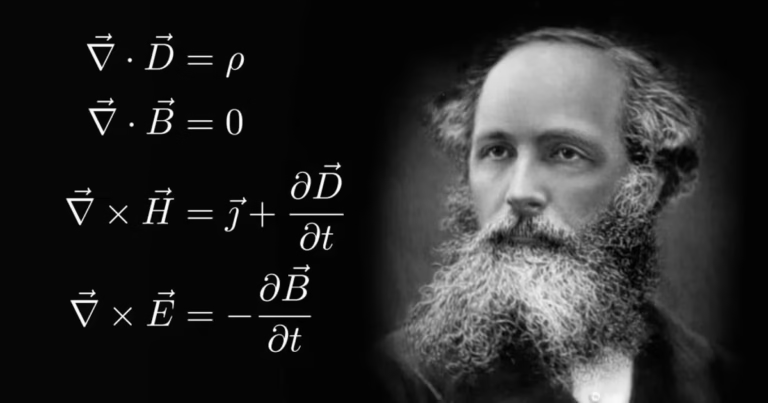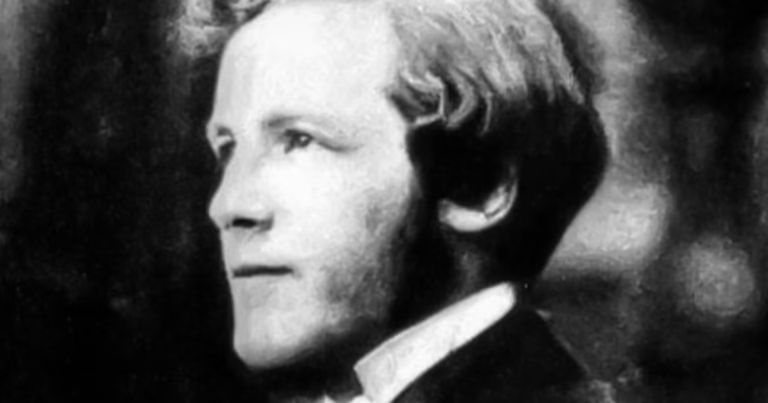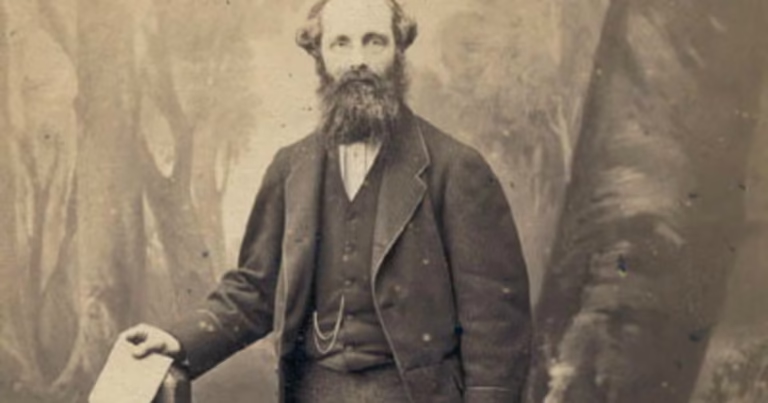Who Was James Clerk Maxwell? The Genius Behind Electromagnetic Laws

Introduction
When talking about the titans of physics, names like Newton and Einstein usually come to mind. But few realize that James Clerk Maxwell was the bridge between them — a true pillar of modern physics. His electromagnetic equations paved the way for technologies like radio, microwaves, satellites, the internet, and even neuroscience.
This article explores the life, legacy, and revolutionary work of one of science’s greatest minds.
The Life of James Clerk Maxwell
Born in 1831 in Scotland, Maxwell showed exceptional intellect early on, publishing his first scientific paper at just 14. He studied at Edinburgh and later Cambridge, where he developed his mathematical and physical theories.
Though he lived only 48 years, his contributions shaped modern science forever. He is often referred to as the “father of modern electromagnetism.”
Maxwell’s Revolution: The Equations
His most groundbreaking work was the formulation of four fundamental equations that describe how electric and magnetic fields behave and interact with charges and currents.
These equations revealed that light is an electromagnetic wave, uniting electricity, magnetism, and optics.
Maxwell’s Equations:
Gauss’s Law for Electricity
Gauss’s Law for Magnetism
Faraday’s Law of Induction
Ampère-Maxwell Law
Years later, Heinrich Hertz would experimentally confirm the electromagnetic waves Maxwell predicted.

Scientific and Technological Impact
Maxwell’s work directly influenced:
Einstein’s Theory of Relativity, who said, “Maxwell’s theory is the most profound and fruitful that physics has ever known.”
Modern communication technologies — radio, TV, radar, Wi-Fi.
Quantum physics, by opening the path to studying electromagnetic radiation.
Neuroscience, inspiring models of electric signal transmission in neurons.
He also co-developed the kinetic theory of gases, applying statistics to physics alongside Boltzmann.
Maxwell and Scientific Philosophy
Maxwell was not just a technical scientist — he was a thinker. He saw the laws of nature as revealing an intelligible, mathematical order of the universe — an idea that harmonized with his strong Christian faith.
For Maxwell, exploring the cosmos was a way to connect with the Creator.

Legacy and Recognition
Although less known by the public, Maxwell’s legacy is revered in scientific circles.
Institutions such as NASA, CERN, and top universities honor his name in labs, research centers, and even lunar craters.
References
Maxwell, J. C. (1865). A Dynamical Theory of the Electromagnetic Field.
Harman, P. M. (1998). The Natural Philosophy of James Clerk Maxwell.
Mahon, B. (2003). The Man Who Changed Everything.
Einstein, A. (1955). Out of My Later Years.
Nahin, P. J. (2001). Oliver Heaviside.
Final Note
At Modus Operante, we believe that knowing the minds behind science is essential to understanding how the modern world came to be.
Maxwell didn’t just write equations — he wrote the invisible alphabet of the universe.
In times of superficiality, diving into genius is a revolutionary act.